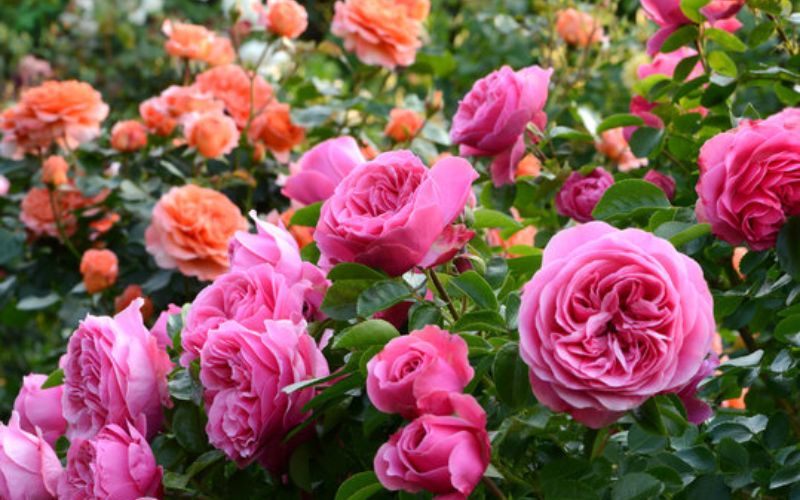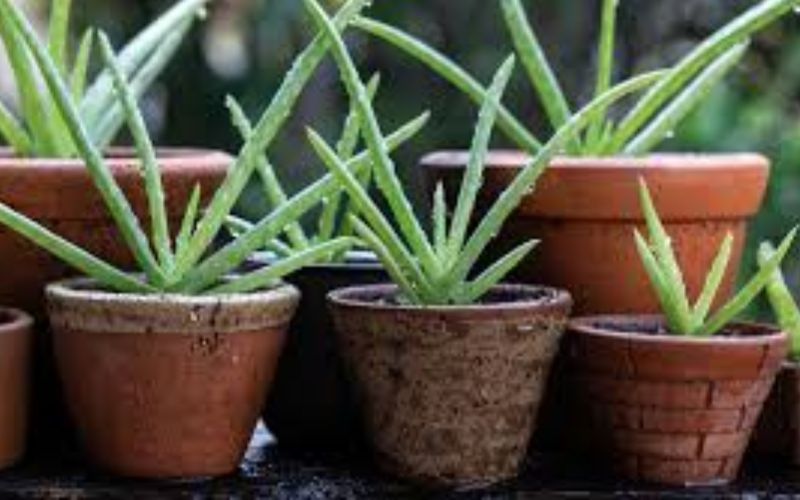Epipremnum : A Natural Air Purifier
Epipremnum aureum, commonly referred as the money plant, devil’s ivy, or pothos, is a highly sought-after indoor plant due to its exceptional qualities. This plant hails from south-east Asia and belongs to the Araceae family. Its thick, waxy, green-yellow heart-shaped leaves are a vibrant green colour all year round, making it a striking addition to any indoor setting.
The money plant is a versatile plant that can be grown in hanging pots, adding to it’s aesthetic appeal. It is also an excellent climber, using its aerial roots to climb on walls and trees. When grown outdoors, the plant’s leaves can grow larger than when grown indoors, adding to its allure.
Propagation of this plant through cuttings is a simple process, and it rarely produces flowers. There are several popular variations of the money plant, including the ‘Marble Queen’ with white variegations and the ‘Tricolour’ with shades of green, yellow and creamy white. Overall, the money plant is a beautiful, low-maintenance plant that is perfect for indoor gardening enthusiasts.
The story behind the name:
There are a number of hypotheses surrounding the origin of the specific plant in question. According to some sources, it earned its name due to its circular, fleshy, and level leaves that bear a striking resemblance to coins. On the other hand, some individuals propose that a destitute man from Taiwan stumbled upon the plant in his garden and saw it as a possible solution to his financial struggles. He dedicatedly tendered the plant, which ultimately produced seeds, nuts, and additional plants. Consequently, he sold these new plants to earn money and overcome his monetary difficulties. Despite these theories, the true source of the plant’s name and origin remains unknown and shrouded in mystery.

Different varieties of pothos:
There is a vast selection of money plant varieties available in the market for individuals to peruse and select from. Some of the most popular varieties include:
Golden Money Plant (Epipremnum aureum) : The plant commonly referred to as Golden pothos boasts bright green leaves adorned with golden or yellow splashes. Its versatility makes it a great choice for creating wall boundaries, as well as being grown in pots for gardens or balconies. Additionally, this plant is capable of maintaining its evergreen appearance even in low light conditions, making it an ideal choice for those seeking a low-maintenance option.
Marble Queen Money Plant (Epipremnum aureum ’ Marble Queen’) : This plant is stunning! Its leaves are a beautiful creamy-white colour that will surely catch your eye. To keep these leaves looking their best, they need plenty of sunlight. Make sure they get at least 4-6 hours of daylight every day to keep their vibrant hues shining bright.
Swiss Cheese Money Plant (Monstera obliqua) : This particular plant is renowned for its remarkable, sizable, and glossy leaves with an assortment of hues that are reminiscent of the unique pattern found in different types of cheese. It has the capacity to prosper and flourish in both indoor and outdoor environments.
Neon Money Plant (Epipremnum aureum ‘Neon’) : The money plant of this specific type boasts a distinctive feature that sets it apart from its counterparts – a vivid shade of yellow that gives off a neon or luminous appearance. This striking hue is most pronounced in the plant’s newer leaves, as opposed to its more mature ones.
Jade Money Plant (Epipremnum aureum ‘jade’) : This particular plant boasts rich, dark green foliage in a charming heart-shaped form. It is a versatile plant that can be grown indoors or outdoors, and it is known to thrive even in dry conditions with minimal maintenance. A popular way to enhance its aesthetic value in interior design is by positioning it on a stool, allowing its lush foliage to cascade down and create an enduringly classic look in any room.

Split Leaf Money Plant (Monstera deliciosa) : The money plant, also known as Epipremnum aureum, is a fast-growing plant that features large, glossy green leaves. It is a popular choice for indoor gardening due to its ability to thrive in low-light conditions and tolerate drought well. However, it is important to note that this plant is known to be a bit of a “thief” when it comes to nutrients, which means it may leach nutrients from surrounding plants if they are not provided with adequate fertilization.
Why is it popular? :
There are many reasons why people choose money plants as their house plants. Some of them are mentioned below:
Easy to find: It is quite simple to locate money plants as they are commonly available in most nurseries and plant shops. Some novice plant enthusiasts attempt to propagate them from cuttings obtained from acquaintances who have well-established plants.
Easy to take care of: Pothos plants are highly acclaimed for their robustness and competence to flourish in diverse settings. Despite their preference for indirect sunlight, these plants exhibit adaptability in low-light environments and even in regions with inadequate air movement. It is widely accepted that plants require watering only once every 10 days, and excessive watering can have negative effects on their well-being.
Variations: Pothos plants come in a plethora of varieties, including the “Marble Queen,” “Golden Money Plant,” “Neon Money Plant,” and numerous others. Customers have a vast selection to choose from, depending on their individual preferences and requirements. In addition, these plants boast an array of variegation patterns and leaf shapes, which enhance their allure and appeal to customers.
Light tolerance: Pothos plants are highly versatile when it comes to light conditions, as they can endure a range of intensities except for direct sunlight which can be harmful to their growth. Interestingly, in low light conditions, the plant adopts a slower growth rate and develops darker green leaves. This unique feature makes Pothos an excellent choice for indoor settings, including offices, hospitals, and malls, where natural light may be limited.
Fast growth: Pothos has the ability to cover walls and create visually stunning displays, which may also present a few challenges due to its rapid growth rate. While a single plant can easily cover an entire wall, it may also obstruct light from reaching other plants growing beneath it. This can potentially limit the growth and health of those other plants.
Budget Friendly: Owning house plants can be a costly endeavour, but pothos is an exception to this rule. This plant is both inexpensive and low maintenance. Furthermore, once it matures, you can propagate it and obtain new plants every few weeks.
Growing Tips:
For optimal growth and health of your Pothos plant, it’s important to select a suitable location. Choose a spot near a window that receives bright indirect light, but make sure to avoid exposing it to cold drafts. To maintain a comfortable environment for your plant, keep the temperature within the range of 16-27º C, making sure never to let it dip below 10º C. Pothos plants thrive in high humidity, but they’re adaptable to average or dry air. During the winter season when indoor air tends to be drier, it’s recommended to provide additional air moisture by misting or using a room humidifier. By following these guidelines, you can ensure that your Pothos plant grows strong and healthy.
Care:
If you own a Pothos plant and want to keep it healthy and thriving, there are several tips you should keep in mind. First and foremost, be careful not to overwater the plant. Wait until the top inch of soil has dried out before watering it again to avoid the risk of root rot. Additionally, remember to empty any excess water from the saucer underneath the pot to prevent water from sitting in the soil and causing damage.
To ensure that your Pothos plant gets the nutrients it needs to grow, feed it a balanced liquid houseplant fertilizer every 1-3 months. This will help keep the plant healthy an strong.
If you want your Pothos plant to stay compact and bushy, make sure to prune it regularly. This will help control its growth and encourage new branches to sprout. If, on the other hand, you prefer a vining habit, allow the plant to grow naturally and trim back long runners as needed.
To keep your Pothos plant looking fresh and clean, wipe its leaves with a damp cloth every few weeks. This will help remove any dust or debris that may have accumulated on the leaves.
Finally, if your Pothos plant appears droopy or limp, it may be rootbound. Check the roots by removing the plant from its container. If the roots appear crowded and tightly circling, it’s time to repot the plant in a new container with fresh potting soil that’s 1-2 inches wider than the previous one. By following these tips, you can help ensure that your Pothos plant stays healthy and happy for years to come.

















